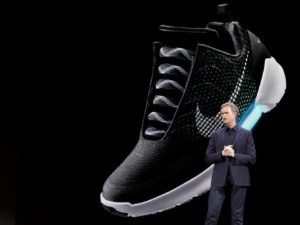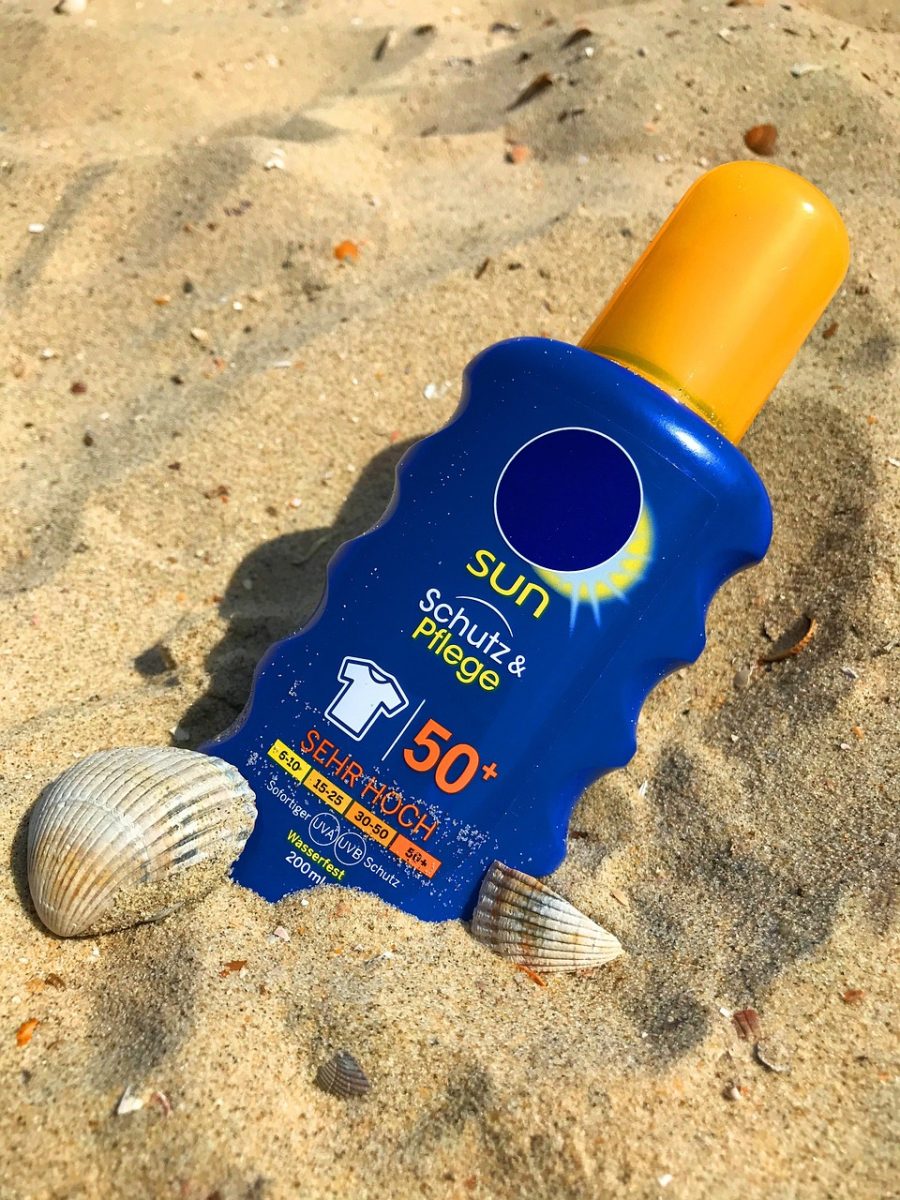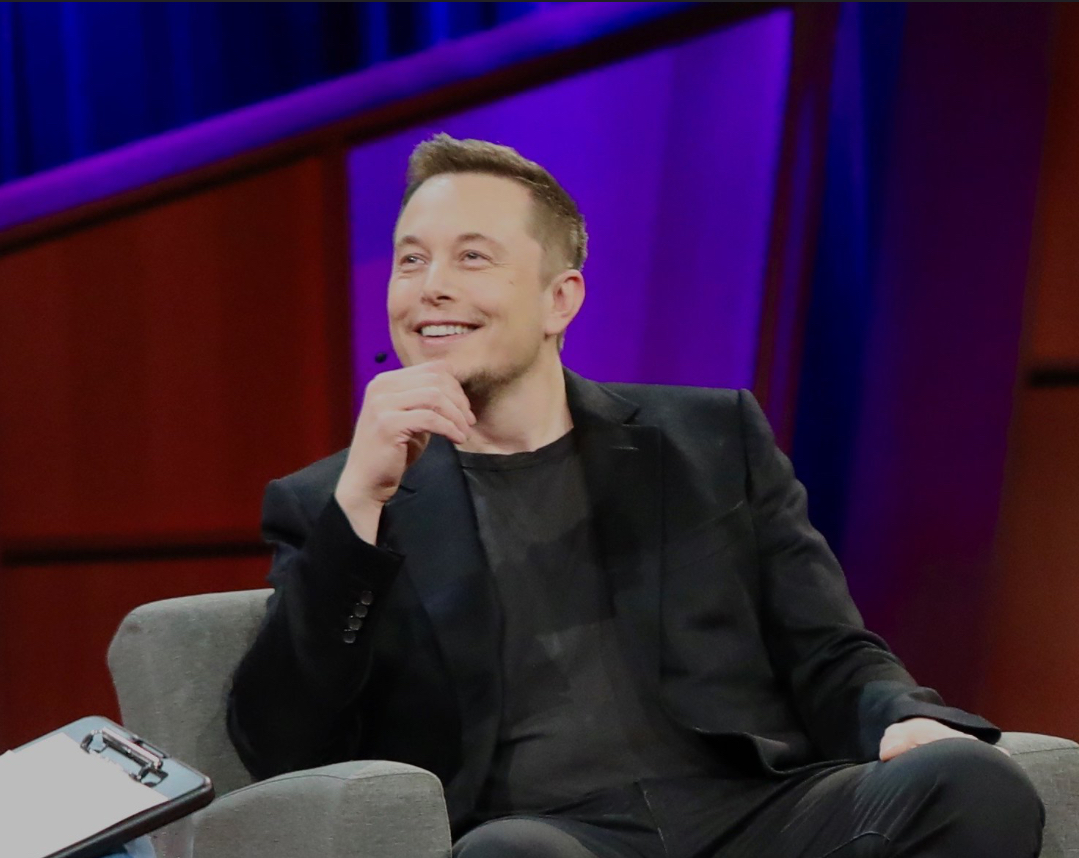By: Joel Neuschwander
The future is now.
Mark Parker, Nike CEO, announced the latest innovation in his company’s long history of pushing the envelope on March 16th, 2016, in New York City. This time, however, Parker and Nike could change the shoe market forever.
The sportswear giant unveiled Nike HyperAdapt 1.0: a sneaker that ties itself after the wearer presses a “+” button on the side of the shoe.
“When you step in, your heel will hit a sensor and the system will automatically tighten,” Tiffany Beers, senior innovator at Nike, said to Independent. “Then there are two buttons on the side to tighten and loosen. You can adjust it until it’s perfect.”

Nike says the new shoe is “powered by an underfoot-lacing mechanism” and it “proposes a groundbreaking solution to individual idiosyncrasies in lacing.” This means a tiny motor is found underneath the sole of the shoe.
The shoe, which lights up, is expected to be available for purchase during the 2016 holiday season. However, they will only be available to members of the Nike+ app, according to an article on Independent.
A battery powers the shoes, and Nike estimates it will need to be charged every couple of weeks. The three colors that will be available are black, gray, and white.
Designer, Tinker Hatfield, who worked on the shoe, denied rumors of the shoe being fake, saying they were “totally not a gimmick.”
Hatfield told Dezeen Magazine, “This is the very beginning of this new technology that will most certainly make its way into apparel and all the things an athlete would wear.” Hatfield believes the self-tightening laces could help athletes avoid injury and make life easier for people with disabilities.
The shoes are based on other self-tying shoes-called the Nike Mags-worn by Michael J. Fox in the 1988 movie Back to the Future Part II. In the movie, Fox’s character travels to the year 2015 and wears those shoes.
There are some variations between the shoe in the movie and the real-life sneaker. For one, the real-life version is much smaller.
This idea has been in the works for almost 10 years but had only been discussed actively for the last two, according to USA Today.
These futuristic sneakers could revolutionize technology, but as Hatfield explains, Nike has comfort in mind as well. “It doesn’t just tighten. It equalizes all the pressure,” Hatfield said. “It adapts to the shape of your foot.”













